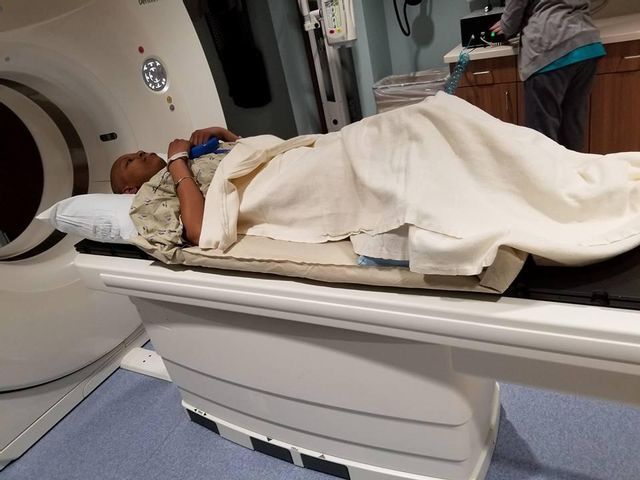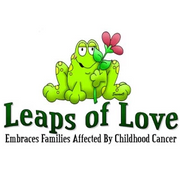
As a parent, learning that your child has pediatric cancer is heart-wrenching. You’re likely to feel overwhelmed by your child’s brain tumor diagnosis, which can complicate making the proper decisions about care and treatment. While your medical team can assist you with the unique aspects of your child’s condition, this guide covers some of the basics, so you have a better understanding.
Frequently Asked Questions About Pediatric Brain Tumors
What do the different pediatric cancer terms mean?
When receiving your child’s diagnosis, you might be confused by the different terms used. A brain tumor can be benign, which is non-cancerous, or malignant, meaning the growth is cancerous. While benign tumors still require treatment, they don’t often spread to other areas of the body. Malignant tumors can spread to other parts of the brain as well as other parts of the body, such as the bones or lungs.
What causes brain tumors in children, and what are the symptoms?
All types of cancer are caused by mutations in cells. When cells mutate rapidly, it leads to a mass of tissue growing inside the body, which is the tumor. While there can be a genetic link in some cases, doctors have yet to uncover a verifiable cause or even risk factors showing that a child has a greater chance of developing a brain tumor.
 Brain tumors cause a range of symptoms because of the increased pressure within the skull. This often leads to nausea, vomiting, headaches, and general head pain. Depending on where the tumor is located, other symptoms may also present. For example, some kids will experience vision issues, while others might have balance and mobility problems.
Brain tumors cause a range of symptoms because of the increased pressure within the skull. This often leads to nausea, vomiting, headaches, and general head pain. Depending on where the tumor is located, other symptoms may also present. For example, some kids will experience vision issues, while others might have balance and mobility problems.
How are treatment plans developed?
Brain tumor treatments often entail a combination of methods. Once your medical team has determined the tumor’s location and how likely it is to spread, they may recommend surgery to remove as much cancerous tissue as possible. Surgery can also be combined with radiation treatment or chemotherapy, which is intended to kill off remaining tumor cells.
What are the common side effects of treatment?
There are risks associated with every surgical procedure. Along with a chance of bleeding and infection, patients can also experience nausea because of the anesthetic used. Nausea can also occur after radiation therapy, along with hair loss, headaches, and fatigue. Similar effects accompany chemotherapy, but it typically depends on the dose provided. Your child’s doctor will discuss potential side effects with you and provide treatments to manage them.
Having the right emotional support from people who understand what you're going through is crucial when your child is diagnosed with pediatric cancer. In Highland, IL, Leaps of Love, Inc. provides such support to cancer survivors and their families. After the initial diagnosis, they can help you find essential resources and information, while also putting you in touch with other families going through the same experiences. They hold special events and activities to help young patients take their minds off their medical issues and just feel like kids again. Visit the website to learn more about the programs they offer. You can call (618) 410-7212 for more information.
About the Business
(4 reviews)
Have a question? Ask the experts!
Send your question

